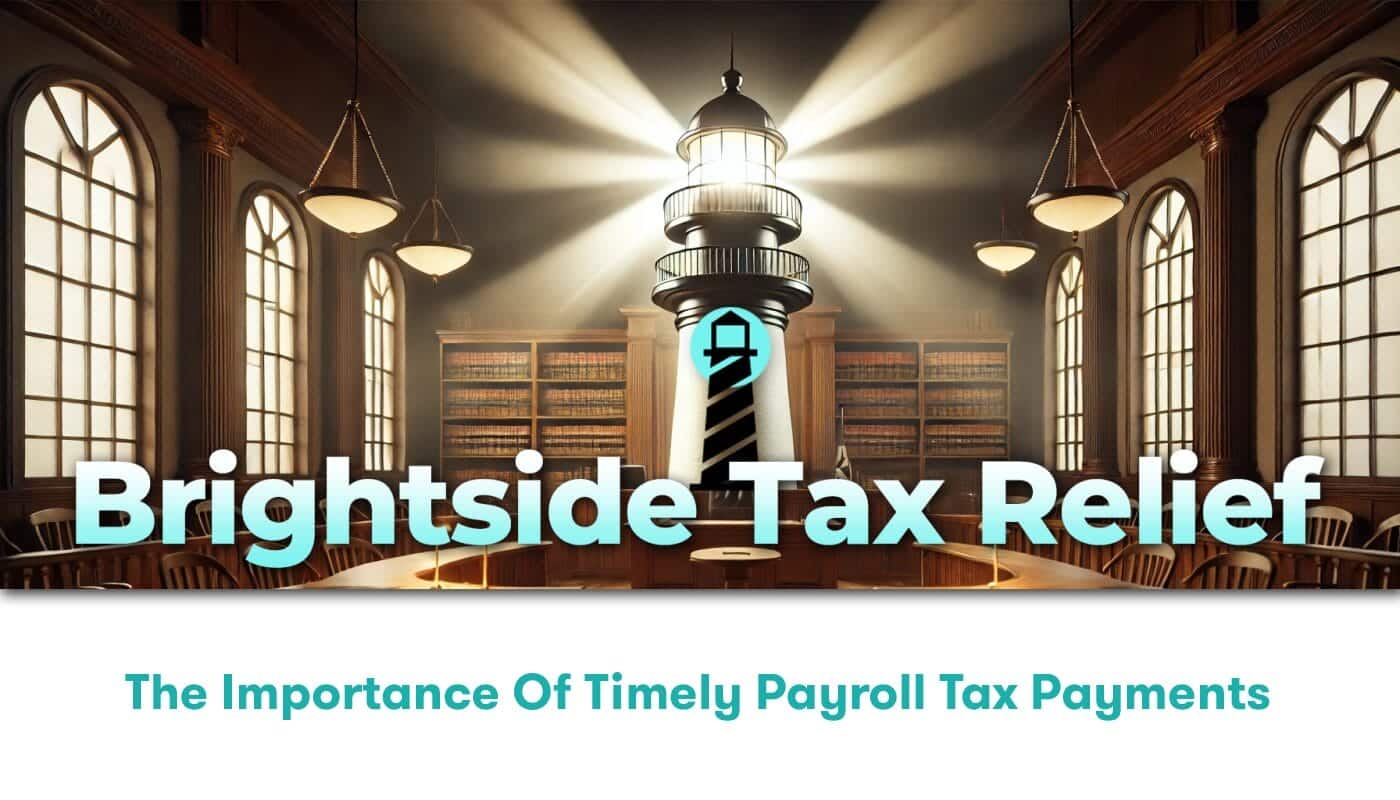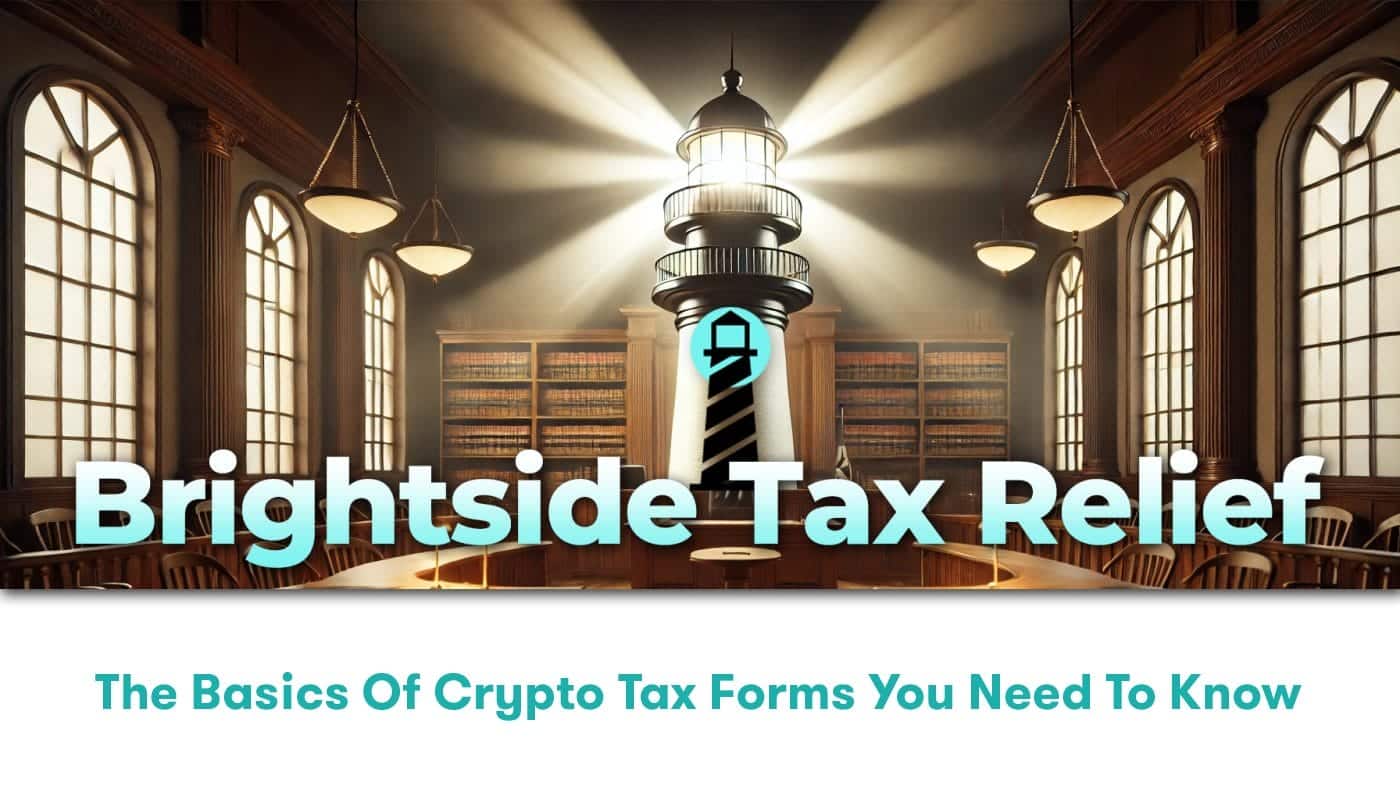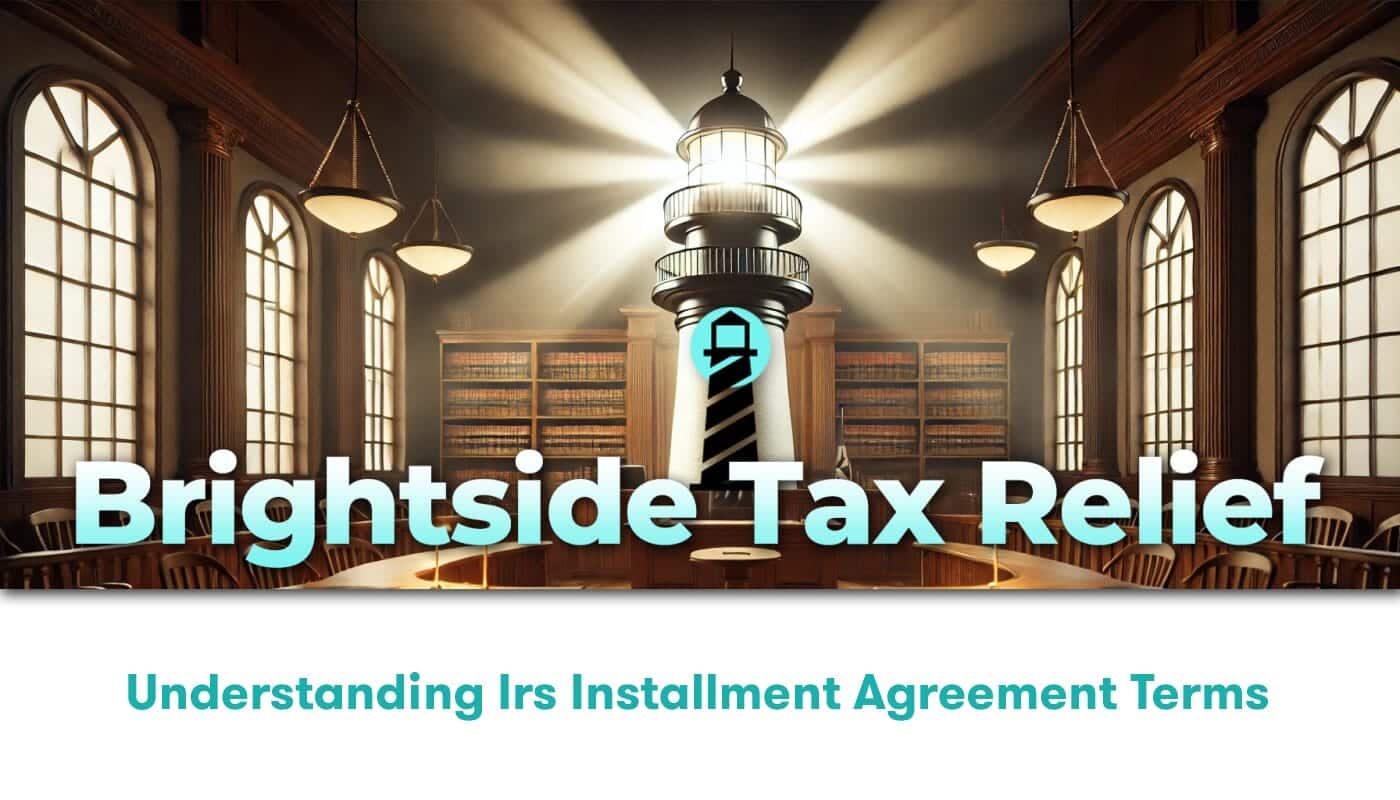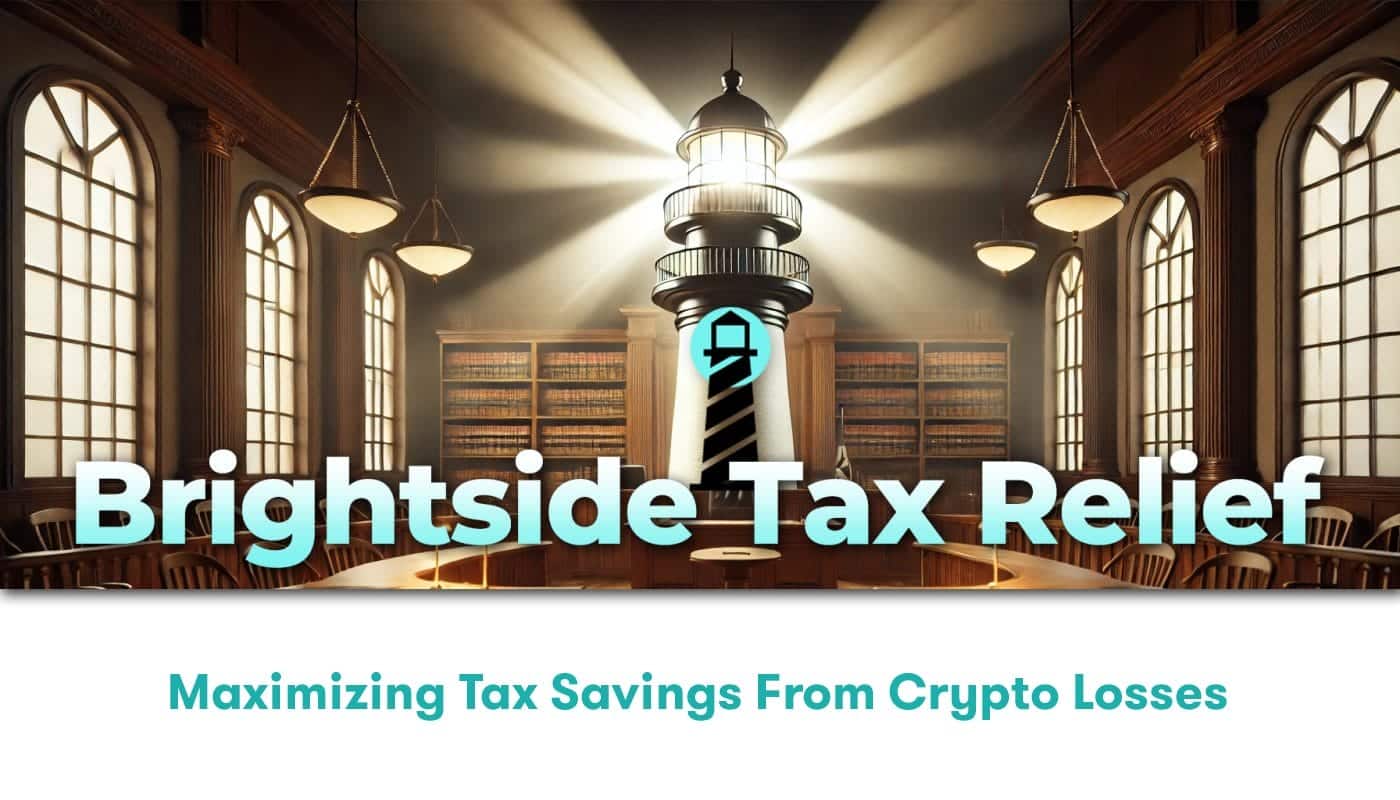Delving Into the Earned Income Tax Credit
The Earned Income Tax Credit (EITC) plays a pivotal role in the American taxation system. Established in 1975, it’s a refundable tax credit designed primarily for low- to moderate-income working individuals and families. Serving as a vital tax relief tool, the EITC augments financial stability and alleviates poverty among qualifying taxpayers.
To bring clarity to this complex subject, Brightside Tax Relief is happy to shed light on the key aspects related to the EITC. Tailored to help taxpayers understand the credit, its eligibility criteria, benefits, and how to claim it, consider this a comprehensive guide to making the most out of your tax situation.
The Basics of the Earned Income Tax Credit
At its core, the EITC is a benefit for individuals and families who have earned income from employment or self-employment and meet the required set of criteria. This credit reduces the amount of tax owed and could potentially generate a refund depending upon the taxpayer’s earning.
Despite being established more than four decades ago, the EITC remains underutilized. Lack of knowledge and understanding contribute to a significant number of eligible taxpayers not claiming this credit. Therefore, raising awareness about the EITC is a crucial step towards promoting its utilization.
Here’s why you should be interested:
- The EITC is a refundable credit, which means it not only reduces your tax liability but can also result in a refund if the credit amount is more than the amount of tax you owe.
- It can improve your financial stability, particularly for families struggling with low to moderate income.
- It contributes to the stimulation of local economies as recipients often spend their credit in their communities.
Eligibility for the Earned Income Tax Credit
Understanding the eligibility criteria is fundamental in claiming the EITC. Here are the main criteria that you must meet:
- You, your spouse (if filing jointly), and any qualifying children listed on your tax return must have a Social Security number that is valid for employment.
- You must have earned income from employment or running your own business or farm.
- Your filing status cannot be “Married, Filing Separately.”
- You must either have a qualifying child or meet the age, residency, and dependency tests if you don’t have any qualifying children.
- Your investment income for the year must be $3,650 or less.
- You must not file Form 2555 or 2555-EZ (related to foreign earned income).
For specifics related to these terms and eligibility in more detail, visit the IRS Earned Income Tax Credit webpage.
How Much Can You Claim?
The amount of EITC that you can claim varies based on income, filing status, and the number of qualifying children in the household. Essentially, the credit increases with income up to a peak and then gradually decreases as income further rises. For the tax year 2021, the maximum credited amounts range from $1,502 for individuals without qualifying children to $6,728 for those with three or more qualifying children.
Claiming Your Earned Income Tax Credit
Once you have verified your eligibility, claiming the EITC is a process that you undertake while filing your annual federal income tax return. The amount of your EITC is calculated while preparing your return and will either reduce your tax liability or increase your tax refund.
Should you find the process complicated, the IRS provides an EITC Assistant to guide you through the process. Conscious that eligibility and claiming procedures can be complex, it’s always wise to seek expert advice from professionals like Brightside Tax Relief. Besides, the IRS also provides a network of Volunteer Income Tax Assistance and Tax Counseling for the Elderly (VITA/TCE) sites to assist with tax filing.
Lastly, Understand the Mandatory Reconciliation of the Advanced Payments
In light of the COVID-19 pandemic, the American Rescue Plan allowed taxpayers to receive up to 50% of their estimated EITC for 2021 in advance monthly payments. However, these taxpayers will have to reconcile these payments with their actual 2021 credit when filing their taxes.
To ensure a smooth reconciliation process, it’s crucial for taxpayers to keep track of the advance payments received and update their income and family details with the IRS if changes occur during the year.
Conclusion: Be in the Know
Understanding and claiming the EITC can be an overwhelming process for many taxpayers—one filled with jargon and extensive paperwork. However, spectrum of benefits it offers makes it worthy of your time and effort. With a clearer comprehension of EITC, you can better prepare yourself to capitalize on such beneficial tax credits, making a significant difference in your financial life.
Remember that each taxpayer’s situation is unique. Always consider seeking advice from tax professionals such as Brightside Tax Relief, who can provide personalized guidance based on your specific circumstances. At Brightside, our goal is not only to help you navigate through the complex world of taxation but to empower you to take control of your financial health and add more value to your life.






